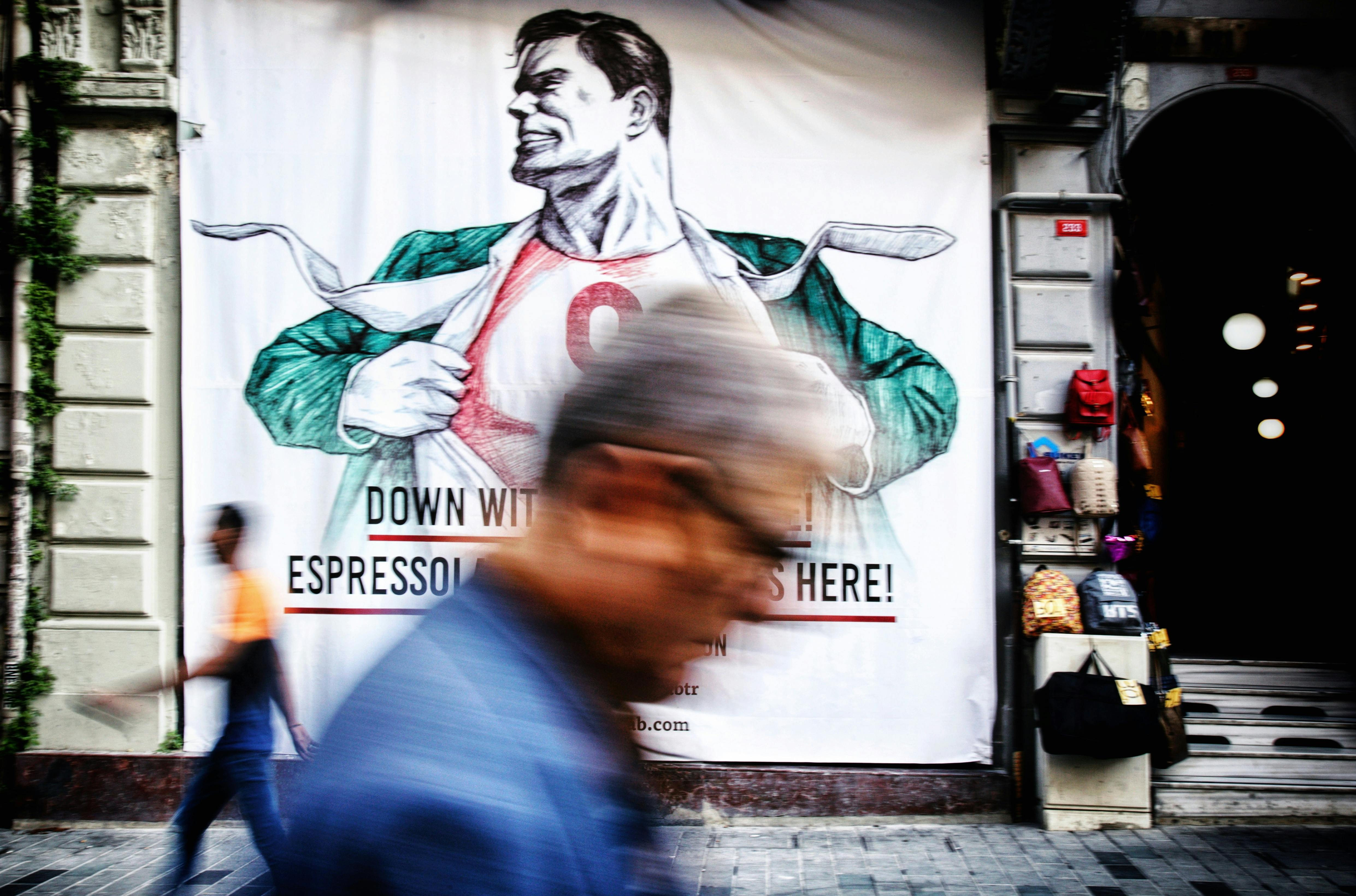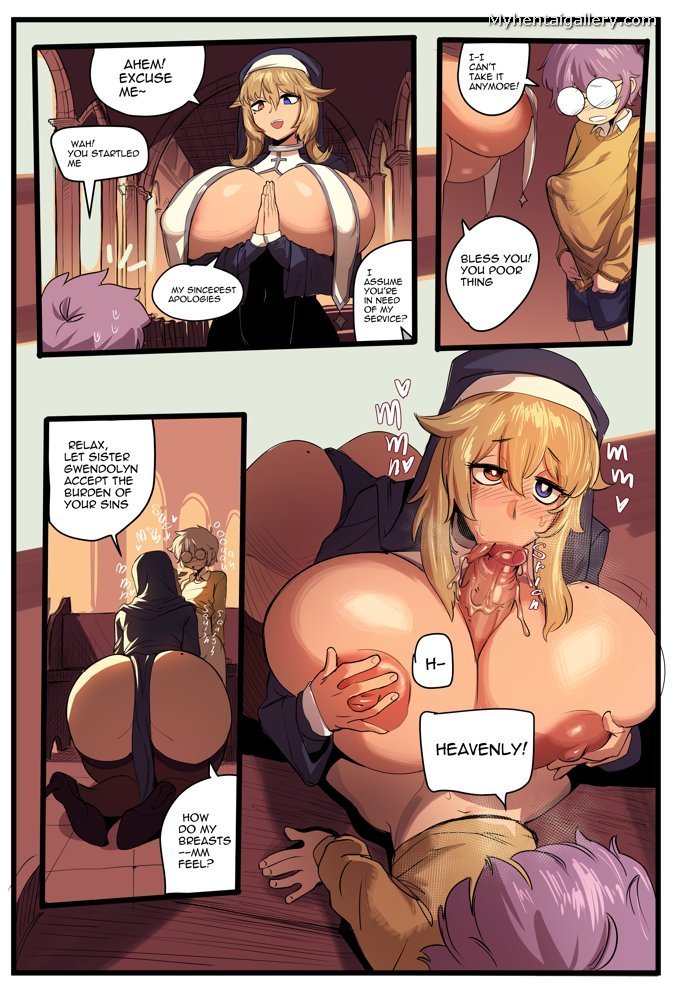
Effective Ways to Enhance Your Punch Reaction in Comics
In the world of comics, the way a punch is depicted can significantly influence the narrative, the emotions conveyed, and the overall impact on readers. Punch reactions in comics are not merely about the physical act of hitting; they embody a wide range of emotions and storytelling techniques that can elevate a scene from mundane to memorable. Understanding how to effectively illustrate punch reactions—whether in superhero narratives, humorous cartoon sequences, or graphic novel confrontations—can enhance both the artistic quality and the viewer’s engagement with the work.
This article delves into the mechanics of punch reactions in comic art, exploring various techniques and styles that contribute to effective storytelling through action sequences. We will discuss the impact of comic punches in storytelling, the emotional depth they can provide, and how artistic choices influence the viewer's perception. By incorporating dynamic punch illustrations and analyzing the effectiveness of different techniques, we aim to equip comic artists and storytellers with valuable insights into this crucial aspect of comic book art.
Let’s explore key methods that can enhance the portrayal of punch reactions in comics, ensuring character motivations are clear, emotional resonance is achieved, and action is conveyed effectively.
Understanding Punch Reaction Dynamics
When it comes to punch reactions, understanding the fundamental dynamics is essential. Comic book punch effects are not arbitrary; they rely on a deep connection between action and emotion. The expressive comic punches not only showcase physical combat but also reflect the psychological states of characters. Enhanced punch reactions showcase intensity, humor, or even vulnerability, linking readers emotionally to the conflict.
Impact of Punches on Character Development
The dynamics of a punch can reveal significant aspects of a character's personality and development. Superhero punch scenes often highlight the dichotomy between heroism and villainy, illustrating moral choices reflected through combat. For instance, a hero's restraint in a fight might signify a deeper moral conflict, while an unchecked villainous punch could represent chaotic rage. Understanding and implementing these nuances can shift comic book character interactions into more profound realms.
Utilizing Visual Storytelling Techniques
Visual storytelling in action sequences is paramount when illustrating punch reactions. Techniques such as panel layout for punches, dynamic angles, and exaggerated punch symbols can significantly enhance the readability and excitement of a fight scene. Use-of motion lines, impact effects, and varying panel sizes can amplify the punch’s emotional impact, allowing readers to feel the weight of each blow.
The Role of Humor in Punch Reactions
Humor in punch reactions is an art that, when executed well, can make scenes more relatable and engaging. Slapstick punch comedy often relies on the exaggeration of punch art and cartoon punch expressions, drawing laughter alongside the action. Understanding the nuances of comedic timing and visual exaggeration can transform a simple fight scene into a memorable, humorous experience, cementing its place in the reader's mind.
Cinematic Techniques to Enhance Punch Scenes
Drawing inspiration from cinematic punch sequences can greatly influence comic panels. By employing techniques such as dynamic framing, zooming in on characters’ facial expressions, and shifting perspectives during a punch, comic creators can deliver a cinematic quality to their storytelling. This enhances viewer engagement, pulling them deeper into the narrative and amplifying the stakes of the illustrated fight scenes.
Analyzing Punch Variations Across Genres
Each comic genre—from superhero epics to indie comics—has its own unique punch styles and expressions. Analyzing how different genres handle the representation of violence in comics can provide insights into how to craft diverse punch reactions. For example, a dramatic superhero comic might portray punches with intense, serious facial expressions to communicate weight and gravity, while a light-hearted cartoon may exaggerate reactions, offering a humorous twist to punch dynamics.
Crafting Emotional Punch Scenes
Emotional storytelling in violence is another essential aspect of punch scenes. Punches can symbolize much more than mere physical contact; they can represent feelings of frustration, betrayal, or empowerment. Understanding the emotional context behind each punch can shift its significance, enhancing the overall impact of the scene. This leads us to the importance of integrating expressive character reactions in comics.
Character Reactions: The Heart of Punch Scenes
Character reactions serve as a crucial element in illustrating the impact of punches. From grimaces of pain to expressions of joy when delivering a punch, these reactions help convey the emotional narrative intertwined with physical combat. Effective character portrayals can turn a simple punch into a dramatic punch moment, allowing readers to resonate with the characters’ journeys and struggles.
Punch Symbolism and Thematic Expressions
The impact of punches and their symbolism in visual storytelling cannot be understated. Through punch symbolism, artists can convey thematic expressions that resonate with deeper societal or personal issues. For instance, the act of throwing a punch can symbolize breaking free from oppression or confronting inner demons. Recognizing these themes can elevate the storytelling and provide readers with a nuanced understanding of the characters’ conflicts.
Engaging Readers with Punch Flow
Establishing a punch flow within the narrative is key to keeping readers engaged. Effective transitions between punches, ensuring that each hit moves the story forward or reveals character motivations, helps to maintain pacing and keep readers invested. Showcasing the aftermath of punches or exploring how they affect the characters can lead to emotional depth, encouraging readers to reflect on the broader implications of violence.
Artistic Expression Techniques for Punch Scenes
Artistic expression is at the heart of dynamic punch illustrations. Techniques such as layering in comic art, using bold colors, and experimenting with styles can create unique graphic punch presentations. Understanding how to visually communicate the severity and emotions surrounding a punch can transform it from a mere action to a significant storytelling device, ensuring that each punch resonates meaningfully with the audience.
Elevating Action Sequences in Comics
To effectively enhance punch reactions in comics, it is essential to focus on the broader action sequences. Punches don’t exist in a vacuum; they are integral to the flow of the entire fight and can serve as pivotal moments that define the story's trajectory. Following the exploration of punch techniques in comics, let’s delve into composing impactful action sequences.
Effective Fight Choreography for Comic Artists
Creating an engaging fight choreography involves careful planning and execution. Successful action sequences in comics rely on seamless integrations of punches and other actions to craft immersive experiences. Understanding the choreography of a fight can help artists maintain consistency in styles while ensuring reader engagement through fluidity and dynamism.
Dialogue's Role in Punch Illustrations
The dialogue in punch scenes serves as an essential storytelling device, adding layers of meaning and emotional engagement. Constructing impactful punch dialogues can elevate the action, offering insight into characters’ motivations and feelings. Integrating witty banter or poignant reflections during fights can deepen the reader's connection to the narrative and add dimension to the punch impact in comics.
Comic Action Conventions: Crafting Iconic Moments
Adhering to comic action conventions while developing punch scenes can lead to the creation of iconic comic punches. These conventions, which include visual metaphors for punches and punch communication in comics, help to create universally understood symbols that convey meaning quickly and effectively. By leveraging these conventions, artists can create memorable moments that resonate with readers.
Viewer Engagement and Punch Reception
The viewer's emotional reaction to comic punches significantly influences the scenes’ success. By analyzing how audiences perceive violence in comic narratives, artists can refine their approaches to eliciting desired responses. Understanding the emotional arc of the reader allows comic creators to fine-tune their punch techniques to make the impact memorable and relatable.
Blending Genres through Punch Techniques
Exploring cross-genre punch styles allows comic creators to innovate their storytelling. Whether infusing humor in punch reactions or presenting unique graphic punch presentations in a dramatic context, the merging of genres enables new perspectives on punch scenes. Through the exploration of various techniques in comic storytelling, artists can create fresh approaches that captivate and surprise their readers.
Conclusion: The Art of Punch Reactions in Comics
In conclusion, enhancing punch reactions in comics requires a thoughtful blend of artistic techniques and emotional depth. By understanding the dynamics of punch interactions, dive into emotional storytelling, and exploring the intricacies of action sequences, artists can craft engaging narratives that captivate readers. Whether through humor, visual storytelling, or the profound impact of punches in character development, the way punches are illustrated can transform a comic’s storytelling potential.
By embracing the methods discussed throughout this piece, comic creators can elevate their work, making punch reactions resonate far beyond the page. As the landscape of comics continues to evolve, the expressive power of punch scenes will remain a cornerstone of engaging, impactful storytelling in visual narratives.

